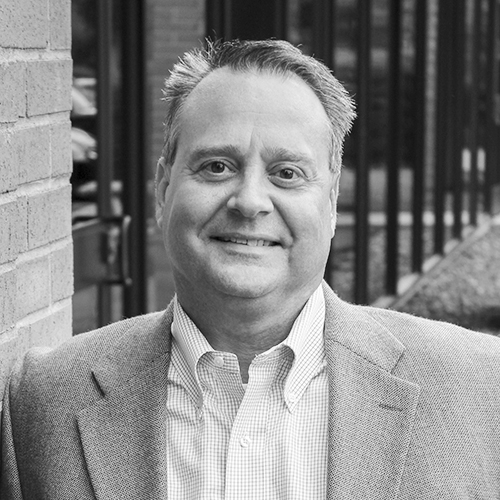“In our world, the data hole is this strange mix between a black hole where everything gets sucked in and nothing can escape and the rabbit hole that Alice gets lost in.” As director of data science for New Jersey-based Holy Name Medical Center, Emma Yamada speaks with a veteran’s respect of a phenomenon she encounters on a daily basis. Yamada has endeavored to keep a recently united analytics team on the same page, both by embracing data’s potential and avoiding the unnecessary. She and her team are helping Holy Name get better data faster and ushering in exciting opportunities for artificial intelligence and machine learning.
Yamada heads the research and development team under the recently reconfigured data science department. Along with ACOs, bundled payments, and consumer-based data Holy Name purchases from vendors, Yamada says her team has a slightly more abstract charge: “If it’s new and different or something we haven’t done, it comes through us first,” she says. We figure out where we’re going to go with it.”
Although new and different can initially be exciting, it can also mean working to quantify data with thousands of potential variables and limitless potential pitfalls. Yamada says that working to get her team to understand and not fear data holes has been essential to keeping projects afloat. When it comes to code writing or data discovery, Yamada says a data hole can be a wonderful thing. “You become super focused and hyper-aware of the relationships,” she says. “We have timeout days to just bang out projects with no meetings and no phone calls. You can just get in the zone.”

The downside of a data hole can occur when it comes to collaborating on a project. “One person can be zoned in and maybe not clearly articulating their position,” Yamada says. “It’s convoluted and if it’s passed off to the next person, they can’t find their way.” She says weekly check-ins become imperative and she makes sure her team documents as they go, instead of writing about how they did something after the fact. “It helps to take pause,” she says. “You’re not completely outside of what you’re working on, but still taking a breath so you don’t get lost in your own thoughts.”
The recent creation of the research and development team places Yamada and her team at the tip of the spear when it comes to potential innovation using new technologies. “We look at leveraging artificial intelligence and machine learning to support clinical decision-making,” Yamada says. “Can we make predictions that help our providers make better decisions faster?” She certainly thinks so. Yamada says the influx of monitoring devices such as Fitbits and Apple Watches offer a virtually untapped array of valuable data that could be used by health systems. For Yamada’s team, it comes down to working to prevent both high-cost and high-risk problems.
“We look at leveraging artificial intelligence and machine learning to support clinical decision-making. Can we make predictions that help our providers make better decisions faster?”
Using predictive data to manage Holy Name’s ACOs has been a high point of success for the research and development team. By focusing on specific patient indicators, Yamada’s team has been able to successfully manage a patient-doctor population ratio of four thousand to one. “Everyone can see who they need to see, get where they need to be in terms of their health, and it’s not going to burn out the care team,” Yamada says.
Yamada’s lean team makes outside partnerships essential. “Leapfrog Group helped us make sure our tech stack was built to support getting through the amount of data that we have,” Yamada says. “That was huge for us to have them and their experience. As a leader early in my career, it’s imperative for me to leverage the experience that people can contribute to us. They have decades of experience and they have been down this path before.”
Alteryx, DataRobot, and Tableau have also been essential for the analytics team to pare down to the essentials to sift through endless data sets. “From a strategic standpoint, we think of every data project similar to writing a book report,” Yamada says. That means constructing an initial outline that helps prevent grabbing unnecessary data irrelevant to the project.
Yamada says the key to improving Holy Name’s analytics processes is the final step of successful data delivery. “How do I make it better even if they didn’t ask for it?” Yamada asks. The focus on evolution and improvement might explain Yamada’s rise and why Holy Name Medical Center’s data science team won’t be losing any numbers down the data hole.
Photos by Jeff Rhode

